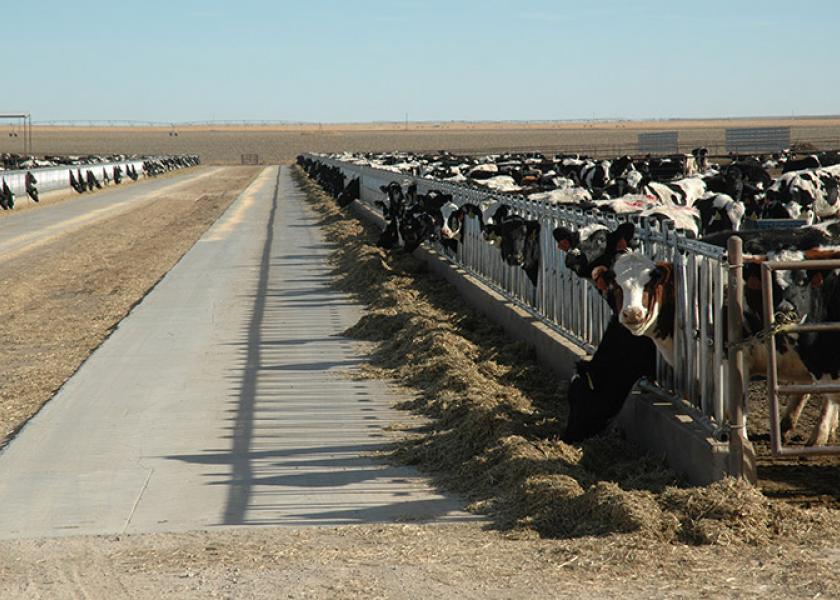Should You Treat Heifers for Mastitis Before They Calve?

A new study from the University of Georgia suggests substantial benefits of treating heifers for mastitis 30 days before calving.
Up to 90% of first calf heifers might be infected with either subclinical coagulase-negative staphylococci (CNS) or Staph. aureus mastitis. “This is based on my data collected in the southeast United States, but it probably is not far off nationally,” says Steve Nickerson, a mastitis researcher at the University of Georgia.
Heifers that calve with Staph. aureus mastitis will typically produce 10% less milk, the difference between 20,000 lb. of milk and 22,000. Plus, they are at risk of chronic mastitis infections throughout their lives.
To prevent this, Nickerson conducted a trial that looked at treating heifers 30 before calving with dry cow mastitis tube, teat seal or a combination of dry cow therapy and teat seal.
Thirty eight heifers were involved in the trial. More than 40% of heifers left untreated calved in with some level of mastitis infection. None of the heifers treated with dry cow therapy or dry cow therapy plus teat seal calved in with quarters infected with either CNS or Staph. aureus. Treatment with teat seal alone showed a 75% cure rate, says Nickerson.
Average somatic cell count levels were also two thirds less with treatment or teat seal use. “The added benefit of teat seal is that it is effective in preventing new infections caused by environmental pathogens, such as E. coli and Strep. uberis, prior to calving,” Nickerson says.
He also notes that any antibiotic use in heifers is extra-label, so dairy farmers need to have a valid veterinary-client-patient with their veterinarian and work under his/her guidance.
“As far as treating within 30 days prior to calving or early calving, I always recommend that a Delvo or SNAP test be run on milk before it goes into the tank,” he says.
He also acknowledges that heifers unused to being milk can be dangerous. So he recommends the use of headlocks or cattle chutes with multiple personnel.
But the results are worth it. “Bred heifers are our future milk producers, so don’t ignore this age group where udder health is concerned,” says Nickerson.







